

Partner Orlena F. Harsch
Queer Places:
505 Boylston North
Seattle,
King, Washington (1940)
Acacia Memorial Park and Funeral Home
Lake Forest Park, King County, Washington, USA
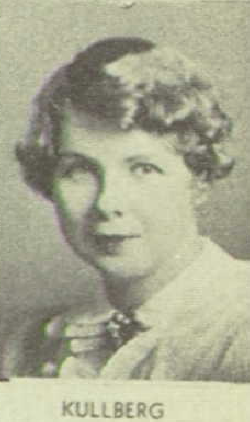 Jule Kullberg (September 6, 1905 - December, 1976)
was a painter.
“The Lavender Palette: Gay Culture and the Art of Washington State” at the
Cascadia Museum in Edmonds was a packed art show and a powerful history
lesson. Museum curator David F. Martin put together artwork by dozens of gay
men and women who often, just a few short decades ago, had to hide who they
were in order to express themselves artistically. The exhibit closed on
January 26, 2020. The featured artists included Edmonds native
Guy Anderson, illustrator
Richard Bennett,
Ward Corley,
Thomas Handforth,
Mac Harshberger,
Jule Kullberg, Delbert J. McBride,
Orre Nelson Nobles,
Malcolm Roberts, potter
Lorene Spencer,
Sarah Spurgeon,
ceramicist
Virginia Weisel,
Clifford Wright, and also one-time Woodway
resident Morris Graves,
Leo Kenney,
Mark
Tobey, Lionel Pries,
Leon Derbyshire,
and
Sherrill Van Cott.
Jule Kullberg (September 6, 1905 - December, 1976)
was a painter.
“The Lavender Palette: Gay Culture and the Art of Washington State” at the
Cascadia Museum in Edmonds was a packed art show and a powerful history
lesson. Museum curator David F. Martin put together artwork by dozens of gay
men and women who often, just a few short decades ago, had to hide who they
were in order to express themselves artistically. The exhibit closed on
January 26, 2020. The featured artists included Edmonds native
Guy Anderson, illustrator
Richard Bennett,
Ward Corley,
Thomas Handforth,
Mac Harshberger,
Jule Kullberg, Delbert J. McBride,
Orre Nelson Nobles,
Malcolm Roberts, potter
Lorene Spencer,
Sarah Spurgeon,
ceramicist
Virginia Weisel,
Clifford Wright, and also one-time Woodway
resident Morris Graves,
Leo Kenney,
Mark
Tobey, Lionel Pries,
Leon Derbyshire,
and
Sherrill Van Cott.
Jule Kullberg dedicated her life to teaching at the expense of pursuing a national career in fine arts. Although she painted and exhibited locally, her influence as a teacher was also substantial. Some of her students went on to become major figures in the region, including Fay Chong, Morris Graves, Leo Kenney, Neil Meitzler, and Malcolm Roberts. Kellberg never his her relationship with her life partner, Orlena F. Harsch, so she naturally would have been a trusted figure among her gay students.
Jule Helen Kullberg was born an only child in Sain Paul, Minnesota, and moved as a baby with her parents to Seattle the year of her birth. Her mother, Pauline Broadum Kullberg, was a German immigrant, and her father, John Emil Kullberg, was a Swedish immigrant who worked as a salesman and real estate investor. Mr Kullberg was interested in parapsychology and, as a member of the Seattle Psychic Research Society, lectured on his own psychic experiences as well as the practice of automatic writing.
Jule studied at the University of Washington, graduating with a BA in dramatic art in 1927. During her time as a student, she designed stage sets and props for various UW productions. She later entered the University of Oregon on a Carnegie Scholarship, and consequently studied with Dong Kingman at Mills College in Oakland, California, and with George Grosz in New York.
While attending the University of Washington, Kullberg met a fellow student, Orlena Harsch, who was pursuing a career as a teacher. Harsch came from both an artistic and academic family. Her father, Howard Harsch, was an extremely talented photographer who had studios in Seattle and Yakima. Her brother, Alfred E. Harsch, became a prominent Seattle attorney and professor at the University of Washinton, serving in their School of Law for 35 years.
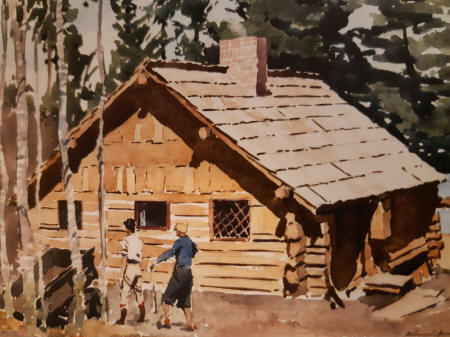
Edmond James Fitzgerald
created an interesting watercolor of his friends, artist Jule Kullberg
and her life partner, Orlena F.
Harsch, at their cabin on Whidbey Island. The
lesbian couple were close to the sensitive young man, who, although not gay,
formed a lifelong bond with the women that continued through his 26-year
career in the US Navy, including his service during WWII. The watercolor
depicts an extremely rare subject for a regiornal painting of the period.
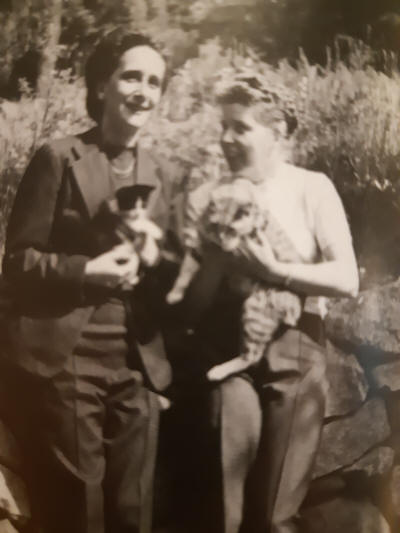
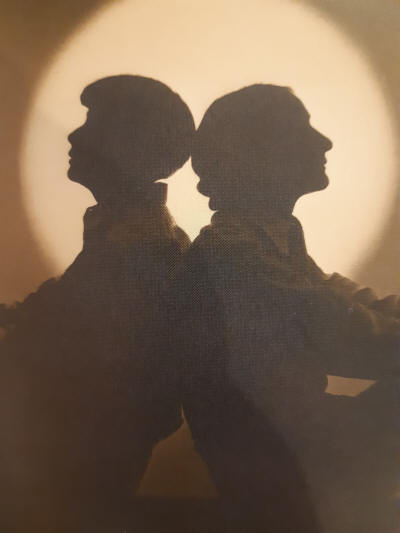
Orlena and Jule, circa 1945
Howard Harsch Studio, Silhouette portrait
of Jule and Orlena, circa 1930
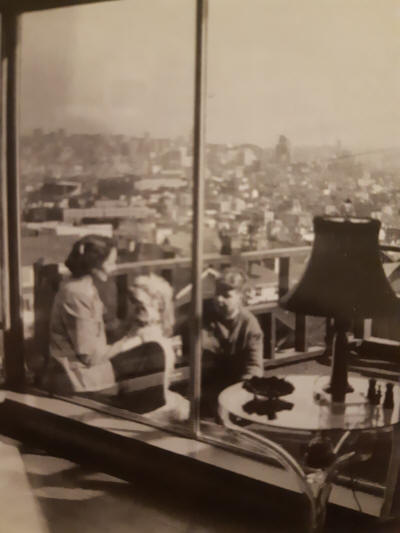
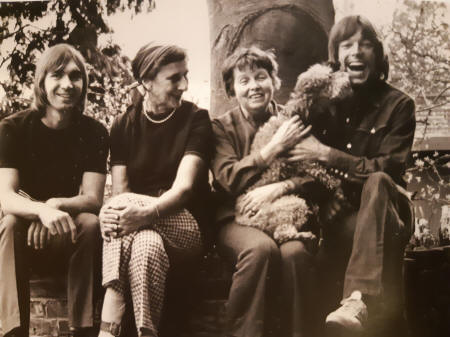
Orlena and Jule at their Queen Anne home, circa 1952
From left:
unidentified friend, Orlena, Jule, and Richard Chamberlain, 1971
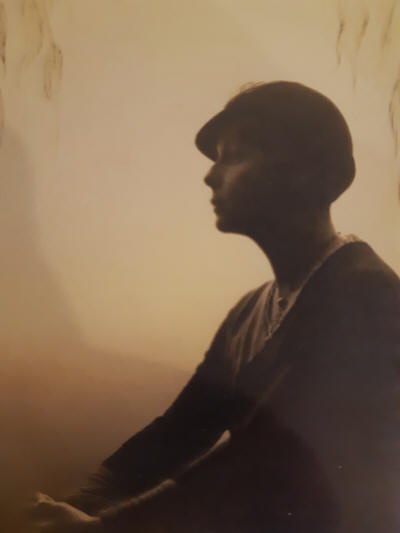
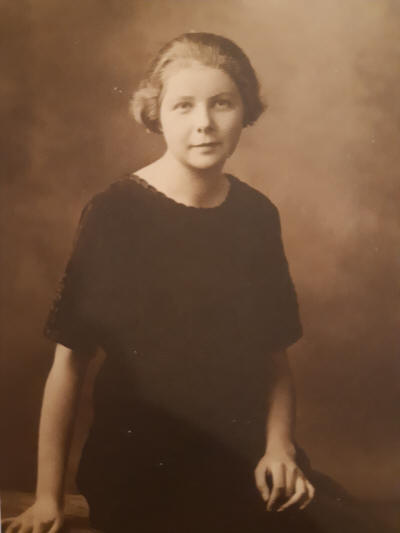
Howard Harsch Studio, Jule, circa 1930
James & Merrihew Studio, Jule,
circa 1928
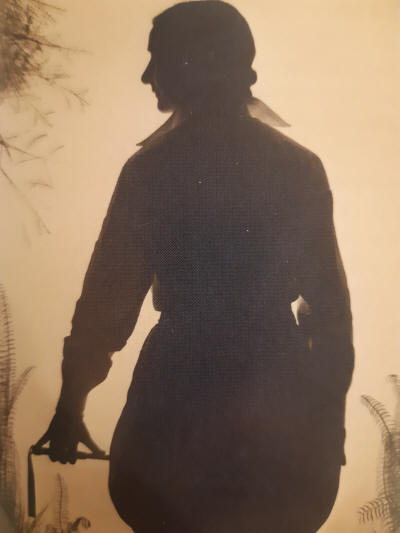
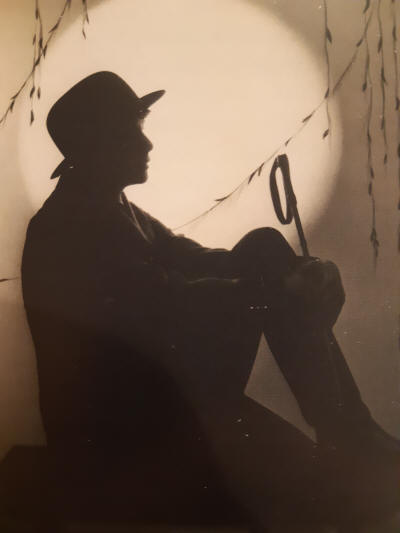
Howard Harsch Studio, Silhouette portrait of Orlena, circa 1930
Howard
Harsch Studio, Silhouette portrait of Jule, circa 1930
After graduating from the UW, Kullberg taught public speaking, science and world history at Prosser High School in Washington before accepting a teaching position in the Bothell school district in 1928. Orlena also joined the Bothell faculty by 1932. It was around this time that the two women started living together as a couple. When Jule accepted a position to teach drama and English at Seattle's Broadway High School in 1935, Orlena moved in with Jule in her parents' home until they rented an apartment on Capitol Hill that same year. Jule had always liked to sketch and paint in watercolor, through her education had been primarily in the dramatic arts. One of her friends, artist Edmond James Fitzgerald, admired her painting and encouraged her to return to the university to advance her art education. With a new focus on the visual arts, she became a very active member of Women Painters of Washington (WPW), one of the region's most prominent arts organizations.
Orlena secured a teaching job at Highline High School, in nearby Burien, where she also became itivolved in the school's theater productions. Around this time the couple purchased a cabin on Whidbey Island for weekend getaways and as a summer residence. In the late 1930s, they began following, their lifelong passion for travel by visiting Jule's aunt Emma Olson, who lived outside Gothenburg, Sweden.
As the new decade began, they had purchased a home on Seattle's Queen Anne Hill and then sold the cabin and built a larger country home at Coupeville, also on Whidbey Island. The women did much of the construction work themselves, and Jule decorated the interior and exterior of the home as well as customizing the furniture with designs based on Pennsylvania Dutch and Swedish iconography, celebrating her own paternal heritage. The Coupeville area attracted a number of lesbian couples who also found the beauty of the island a safe refuge from the city.
Orlena began working at Seattle's Queen Anne High School in 1943, initially teaching French and then becoming the school's head counselor. She was active in the Administrative Women in Education organization, assisting international students after the war.
Jule became a prominent member of the Northwest Watercolor Society and began showing her work in their annual exhibitions at the Seattle Art Museum in 1943. She would be involved with that organization for the next thirty years, exhibiting twenty-one watercolors during the period of her membership.
Jule's teaching position changed in 1946 when Broadway High School student were redirected to other districts as the school merged with the neighboring Edison Technical School. The following year the couple spent a month during the summer on a driving trip to allow Jule to sketch up and down the West Coast. Since Jule never learned to drive, Orlena indulged her partner's artistic pursuits by driving her wherever she thought she would find inspiration. Their love of the ocean caused them purchase yet another home, this time at Arch Cape on the Oregon Coast, where Jule could paint and entertain friends and family.
The new Broadway-Edison became a school for adults as well as accornmodating WWII veterans to assist in their training and reintegration into the job market through the GI Bill. Jule continued her position at the technical school and became head of their flourishing art department by 1953, hiring prominent local artist friends such as Jacob Elshin, Fay Chong, and Yvonne Twining Humber to teach night classes. This school became the starting point for numerous future successful Northwest artists, including Doris Totten Chase, who had taken painting classes there at the beginning of her career.
In 1948 the Northwest Watercolor Society held its first national exhibition at the Riverside Museum in New York. Five of Jule's watercolors were among the 101 paintings exhibited by forty-three artist members of the organization. This was a significant honor for the contributing artists and a validation of their talents and advocacy of the difficult medium.
Jule and Orlena were both savy in financial matters, and besides their teaching jobs, they had extra income from investments in apartment buildings in Seattle. This allowed them to build a new studio home in 1948 on Seattle's posh Queen Anne Hill with a spectacular view of the city and Puget Sound.
They would often open their home to artists and arts organizations, especially WPW, which held its annual Christmas parties there for several years. Jule honed her art skills and learned printmaking as well. In 1950 she taught screen printing for members of WPW and became their president in 1954. Her artistic ambitions were generally aimed at teaching and promoting younger artists, although she exhibited her own work in group presentations locally as well as in New York, Hawaii, and California.
Jule and Orlena never hid the fact that they were a couple. Their families and artist friends accepted their relationship as a matter of fact and gave them their support and love.
In 1963 both women took sabbaticals from their educational careers and indulged in a nine-month trip around the world. Their financial acumen had allowed them to travel extensively, with regular trips to Hawaii, Palm Springs, and other locations that welcomed gay visitors.
Jule retired from teaching in 1965 to concentrate on travel and painting. Orlena soon followed suit. From February to April, 1971, actor Richard Chamberlain rented Jule and Orlena's home through discreet connections in local gay circles. The actor, who was closeted at the time, could live freely with his then boyfriend in a nonthreatening atmosphere. When Chamberlain occupied the upstairs quarters of their home, the women went to Honolulu, Alaska, and the Oregon Coast to give him some privacy.
Jule and Orlena continued to support their former students, younger artists, and professional women as time and finances allowed.
When Kullberg died in 1976, there was no mention of Harsch in her obituary, even though the women had been a couple for over 40 years. Orlena, in tribute to her life partner, set up the Jule Kullberg Memorial Award with both the Northwest Watercolor Society and WPW. Before Orlena's death in 1995, most of Kullberg's paintings were dispersed to friends and students without record.
My published books: